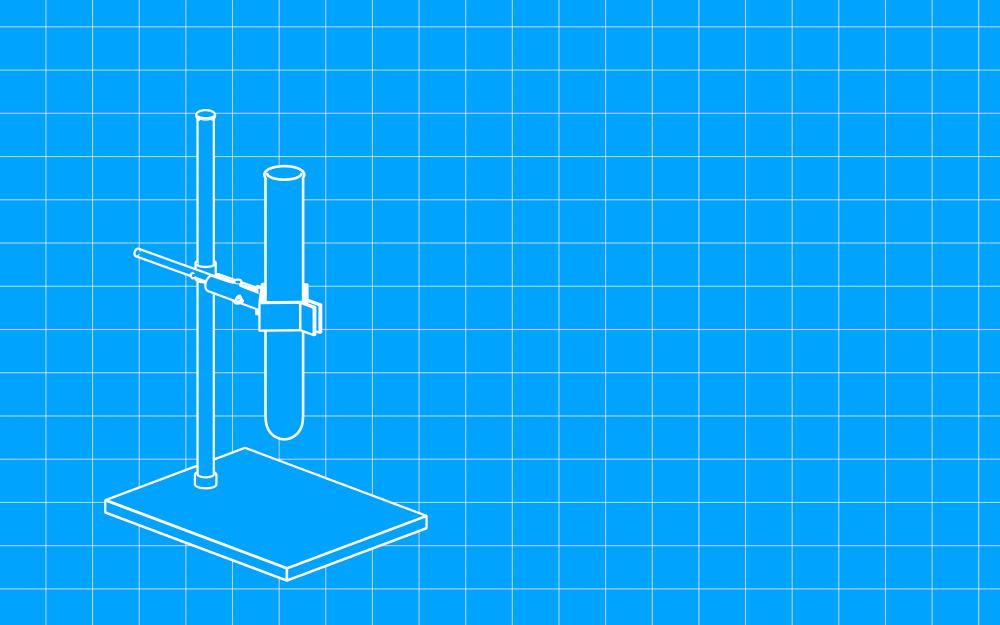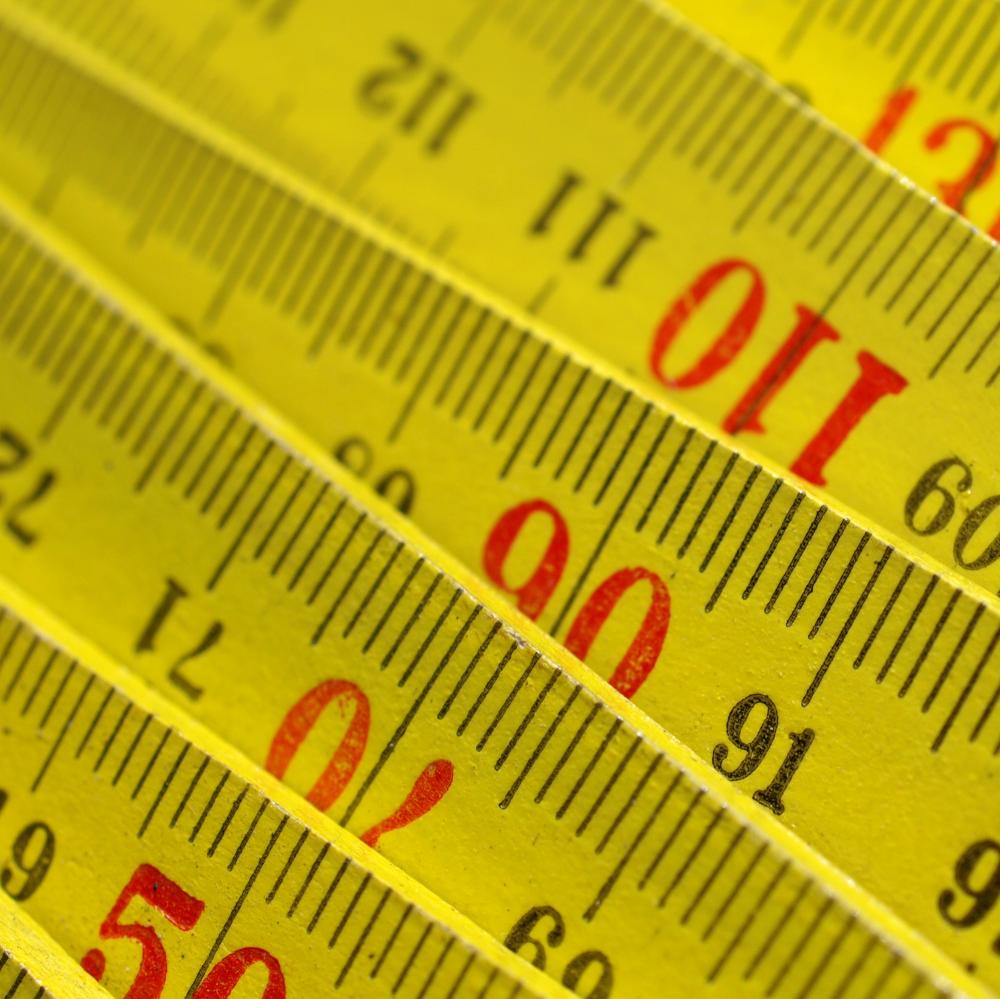Measure Slip Coefficient Of Friction

Understanding Coefficient of Friction (COF)
When it comes to ensuring the safety and performance of various materials in different environments, the ability to measure slip coefficient of friction becomes crucial. This measurement isn't just a number--it's a pivotal factor that influences the design, safety, and usability of products and environments. Whether it's the flooring in a manufacturing plant or the packaging of consumer goods, knowing the COF can help prevent accidents and improve product functionality.
The Significance of Measuring COF
The measure slip coefficient of friction process is vital across numerous industries for a myriad of reasons. In the realm of safety, it's instrumental in preventing slip and fall accidents, a leading cause of workplace and home injuries. For packaging and materials engineers, understanding COF helps in selecting or designing materials that will behave predictably under specific conditions, enhancing the efficiency of production lines and the safety of packaged goods during transport.
The GS-1 COF Measuring Machine AdvantageAt Impact General, we believe in the power of precision and reliability when it comes to measuring COF. The GS-1 COF Measuring Machine stands as a testament to our commitment to these principles. This machine is not your average tribology device. Its built-in features like internal self-calibration and full automation make it a game-changer in COF measurement.
Designed to deliver operator-independent results with high reproducibility, the GS-1 provides both static and dynamic COF measurements under various conditions. Whether you're assessing a surface in wet or dry states, this machine can handle the task with finesse. Its capacity for multiple sequential measurements and the concurrent graphical display of data simplify the analysis, making it easier to understand and act upon.
Applications of COF Measurement
Understanding the practical applications of COF measurement illuminates why it's such a critical process. For example, in the packaging industry, knowing the COF of packaging films ensures that products can be safely and efficiently transported on conveyors and slides. In the construction and flooring sector, accurate COF measurements can dictate the selection of materials that will prevent slips and falls, potentially saving lives.
Choosing the Right COF Measuring Tool
Selecting the appropriate tool for measuring the slip coefficient of friction is paramount. The GS-1 from Impact General is tailored for those who seek not only accuracy but also ease of use and comprehensive data analysis capabilities. Its compatibility with both industry standards and innovative technology makes it an unparalleled choice for professionals across various sectors.
Optimizing Safety and Performance
Measure slip coefficient of friction isn't just about compliance or meeting industry standards; it's a fundamental aspect of optimizing both safety and performance. By using the GS-1, businesses can ensure that they're not just meeting baseline safety requirements but are actually enhancing the safety and efficiency of their operations.
The Future of COF Measurement
As technologies evolve, so too do the methods and machines used to measure slip coefficient of friction. The GS-1 represents the cutting edge of this evolution, offering a glimpse into a future where COF measurement is not just accurate and reliable but seamlessly integrated into the design and production processes. This integration promises to further elevate safety standards and performance parameters across industries.
Why Choose Impact General?
Choosing Impact General as your partner in COF measurement comes with the assurance of quality, reliability, and innovation. Our expertise in the field of slip and fall prevention and our commitment to providing top-of-the-line solutions make us the ideal choice for professionals looking to measure slip coefficient of friction with confidence.
Our approach is not just about selling a machine; it's about offering a comprehensive solution that includes support, training, and access to a wealth of knowledge and experience in the field. The GS-1, endorsed by The National Floor Safety Institute, represents our promise to deliver excellence and reliability in every measurement.
Getting Started with the GS-1
If you're ready to take your COF measurement capabilities to the next level, we invite you to reach out to us. Our team is prepared to provide you with detailed information about the GS-1 COF Measuring Machine, including how it can be integrated into your operations to enhance safety and performance. Contact Impact General today to learn more about our solutions and how we can help you achieve your objectives.
- Ease of use and full automation for operator independence
- Reproducible results with internal self-calibration
- Capability to measure both static and dynamic COF under various conditions
- Concurrent graphical display of data for simplified analysis
- Approved by The National Floor Safety Institute for reliability and accuracy
Adopting the GS-1 COF Measuring Machine into your measurement practices signifies a step forward in prioritizing safety, efficiency, and reliability. Let Impact General guide you toward a future where every surface is measured with precision, and every step is taken with confidence.

How do you test the coefficient of friction?
Testing the coefficient of friction (COF) is an intriguing process that requires a blend of precision and technological aid. In our case, we use the GS-1 COF Measuring Machine, which is designed to provide highly accurate and reproducible results. The process begins with preparing the sample and test surface according to the specific requirements of the material being tested. For instance, flooring materials might be tested under both wet and dry conditions to simulate different environmental conditions. The GS-1 machine then applies a controlled force to the sample, sliding it over the test surface. Throughout the test, our machine measures the resistance encountered by the sliding sample, which is then used to calculate the COF. What makes the GS-1 stand out is its automation and internal self-calibration, ensuring that operator influence is minimized and results are consistent. It's a fascinating process, especially when you see it in action and realize how it contributes to making safer environments.
What is the slip coefficient of friction?
The slip coefficient of friction is essentially a measure that helps us understand how slippery a surface may be under certain conditions. It's a critical value in the realms of safety and material engineering because it directly impacts how likely an individual is to slip and fall on a surface. Many factors can affect this metric, including the material composition of the surface, any treatments applied to it, and environmental conditions such as the presence of water. Interestingly, a higher COF value indicates a less slippery surface, meaning there's more friction and, consequently, a lower risk of slipping. On the flip side, a lower COF suggests a more slippery surface. This measure is not just a number but a gateway to safer design choices and preventive measures in both public and workplace environments.
How do you perform a slip test?
Performing a slip test requires meticulous attention to detail and the right equipment. With the GS-1, conducting a slip test becomes a streamlined process. Initially, we ensure the test environment and surface are prepared to replicate the conditions under which we need to measure slip resistance. This could involve wetting the surface or adjusting the temperature. The GS-1 then uses a standardized piece of material, often with a known coefficient of friction, dragged across the test surface under controlled conditions. The force required to move this material provides us with a direct measurement of slip resistance. It's a process that combines physics, material science, and technology to give us valuable insights into the safety features of a surface. Remember, it's not just about avoiding slips; it's about designing environments that actively prevent them.
What is the test for measuring slip resistance?
The test for measuring slip resistance is essentially what many refer to when they talk about performing a slip test. It involves the use of devices like our GS-1 COF Measuring Machine to assess how much friction exists between a surface and a tester material under specific conditions. This can include both static and dynamic testing to understand how the surface behaves when a force is applied suddenly versus gradually. The results from these tests are critical for certifying the safety of flooring materials, footwear, and even sports surfaces. By quantifying the slip resistance, we can make informed decisions on material selection and surface treatments to enhance safety in practical, everyday situations.
Choosing the Right COF Measuring Tool
Choosing the right tool for measuring the coefficient of friction isn't just about picking the most advanced piece of equipment. It's about finding a solution that blends accuracy, reliability, and user-friendliness. The GS-1 stands out because it offers a comprehensive package that addresses these needs. Its design ensures that even those new to tribology can operate it efficiently while still achieving results that meet the rigorous standards of professionals in the field. What's more, its approval by The National Floor Safety Institute underscores its effectiveness. When you choose the GS-1, you're not just getting a machine; you're embracing a holistic approach to safety and performance optimization.
The Future of COF Measurement
The future of COF measurement is incredibly bright, and it's an area where we're excited to be leading the charge. We envision a world where COF measurement is not just a reactive step taken to address safety concerns but an integral part of the design and manufacturing processes. With advancements like the GS-1, we're moving toward more integrated solutions that offer real-time data and insights, enabling proactive safety measures. The potential for this technology to integrate with smart environments and IoT devices opens up exciting possibilities for enhancing safety protocols across industries. As we continue to innovate, we're not just following the future; we're aiming to define it.
Resources
- Occupational Safety and Health Administration (OSHA) - OSHA provides regulations and guidelines for workplace safety, including information on slip and fall prevention.
- The National Floor Safety Institute (NFSI) - NFSI offers resources and certification programs related to floor safety, including COF measurements.
- ASTM International - ASTM develops and publishes standards for various industries, including standards related to COF measurement.
- National Institute for Occupational Safety and Health (NIOSH) - NIOSH conducts research and provides recommendations to prevent workplace injuries, including slips and falls.


